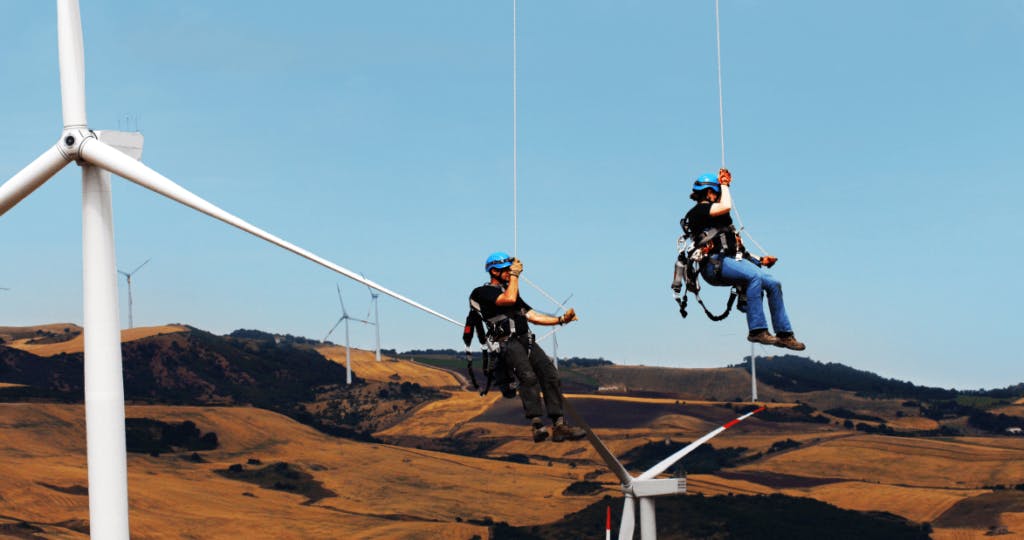Articles

How long does a GWO certification last?
Read Now
Careers in Wind Energy: Blade Repair Technicians
Read Now
What TSL’s Self-Rescue Kit Looks Like After A Fire
Read Now
Voyage Dallas Interviews Diane Waghorne, TSL Co-Founder & CEO
Read Now
Going To New Heights… In Helicopters
Read Now
“Don’t Fall! Tech Safety Lines provides fall-prevention equipment and training”
Read Now
Safer wind work: A Q&A with Tech Safety Lines’ Reggie Ham
Read Now
Tech Safety Lines Unveils State-of-the-Art Blade Repair Training Center
Read Now
The SRK-11 Wins the Gold! 2018 LLEAP Awards
Read Now
Good Morning America Features Tech Safety Lines
Read Now
TSL Tip: A Simple Check To Ensure You Have The Right Fall Arrest Lanyard
Read Now
Tech Safety Lines is Officially WBE & WOSB Certified!
Read Now
Dallas Business Journal Award
Read Now
The benefits of wind power as a renewable energy source
Read Now
Landing a job as a wind turbine technician
Read Now
TSL’s Co-Founder, Brent Wise, Shares His Rescue Expertise With Connector Magazine
Read Now
Why is wind turbine blade repair important for sustainability?
Read Now
Tech Safety Lines is a GWO Certified Training Provider
Read Now
Tech Safety Lines Wins Award for Best GWO Training Program in the Americas
Read Now
